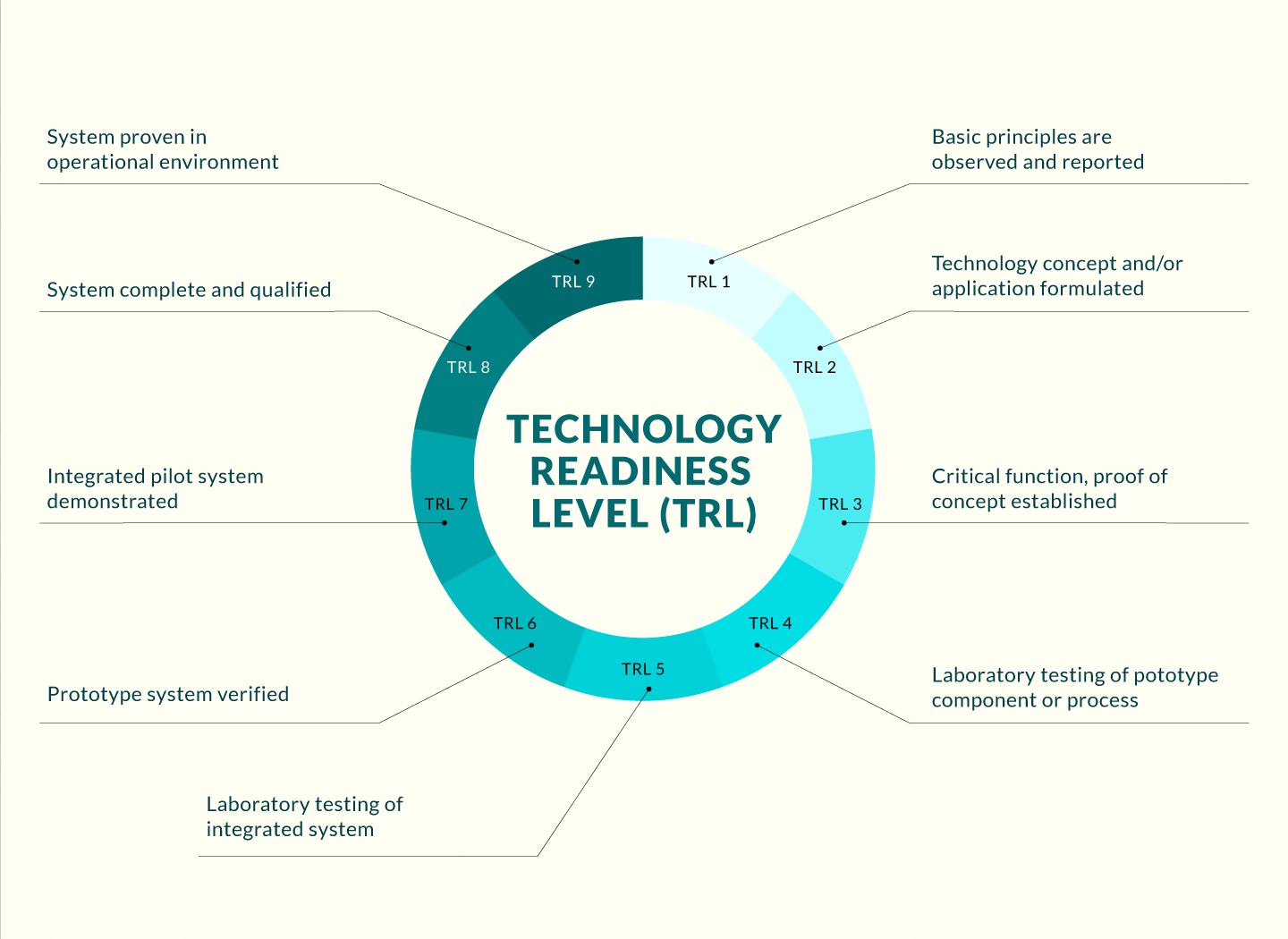


Opportunity
The emergence of antibiotic resistance in microorganisms is recognized as a major global threat to human health. There is dire need for new antibacterial drugs, especially novel antibiotics against Gram-negative bacterial pathogens are desperately insufficient. One of the most promising classes of natural antibacterial agents is the antimicrobial peptide (AMP). Although the number of AMPs has been growing steadily, most of them have been discovered from terrestrial organisms, and AMPs from aquatic organisms in general have room to be explored. Though the mechanism of the antibacterial effects of AMPs of some of the typical cationic amphipathic peptides has been extensively described, the molecular targets of the vast majority of AMPs remain unknown. Accordingly, there is a strong need to provide effective antimicrobial peptides which are capable of inhibiting microbial infections, and preferably against antibiotic resistance infection.
Technology
The inventors isolated a 13-residue peptide from the plasma of Oryzias latipes (Japanese Madeka) and named the antibacterial compound as BING. The compound demonstrated a broad-spectrum antibacterial against a panel of bacteria, including a number of antibiotic resistant and pathogenic strains. Bing caused the differential expression of bacterial proteins, significantly in peptidyl-prolyl isomerase (PPIases) family, suggesting BING may inhibit the periplasmic protein stress response in bacteria. The periplasmic stress responses in bacteria are regulated by the RpoE and the Cpx pathways. CpxR expression has been proved to reduce after BING treatment. RpoE level was significantly induced by BING, in consistent with the up-regulation of DegQ, RpsQ and YfiO of proteomic data. Bing is the first molecule specifically attenuate the expression of CpxR and represents a new class of AMPs that targets. The invention also suggests BING possible application in suppressing CpxR-mediated antibiotic resistance.
Advantages
- The invention disclosed the only known compound targeting Cpx pathway, which is instrumental to certain types of AMR.
- BING is with clear targeting mechanism, which is superior to other antibacterial compounds and can be used as lead compound for a new class of antibacterial therapeutics.
- The treatment of BING could be either alone or combined with other antibiotics.
Applications
- BING can be applied as a novel antibacterial agent, either by treatment alone or combination with other antibiotics.
- The invention can be used as a template or lead compound for discovery of more Cpx inhibitors.
- BING can be applied as tool to further investigate the regulation of PPIases family and other proteins in bacterial.



